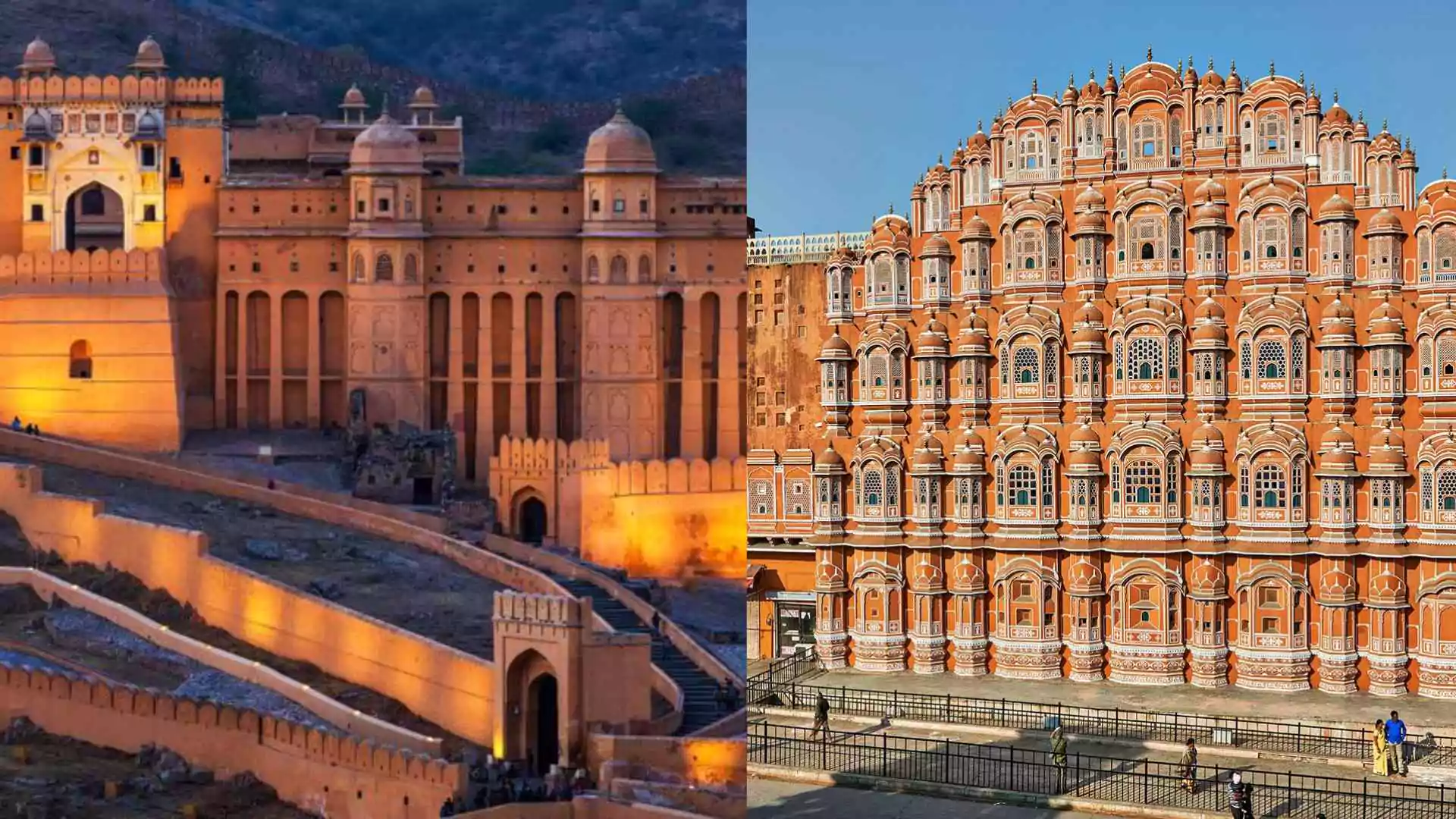Two days after a catastrophic 7.7 magnitude earthquake struck Myanmar, the country remains in turmoil as rescuers struggle to save those trapped beneath the wreckage. Over 1,600 confirmed deaths and thousands more feared buried under collapsed buildings.
The powerful quake, which hit midday on Friday, had its epicenter near Mandalay, Myanmar’s second-largest city. The force of the tremor toppled buildings, destroyed bridges, and even brought down the control tower at Naypyitaw’s airport, crippling the nation’s infrastructure and leaving entire communities cut off from aid.
The smell of death hangs heavy in the air, and volunteers and survivors are using bare hands and shovels to sift through the rubble, as reported by AP. With temperatures soaring to 41°C (106°F) and the first 24-hour window for rescues closing, hope for finding survivors is dwindling.
‘We Hear the Screams, But We Can’t Reach Them’
Amid the debris-strewn streets of Mandalay, residents dig frantically with whatever tools they can find. Heavy machinery is scarce, and relief efforts remain severely hampered by damaged roads and ongoing power outages.
“It’s a nightmare,” said Kyaw Min, a local volunteer with bleeding hands from hours of excavation, as per reports. “The city is destroyed. Dead bodies are everywhere. We hear screams beneath the wreckage, but we can’t reach them in time.”
With hospitals overwhelmed, injured survivors lie in the streets waiting for medical attention. Medical supplies, blood, and food are running out, forcing doctors to perform surgeries without anesthesia.
A 5.1 magnitude aftershock on Sunday sent fresh waves of panic through Mandalay. Survivors already displaced by the earthquake spent the night outdoors, too terrified to return to buildings that could still collapse.
Further complicating relief efforts is Myanmar’s ongoing civil war, which has left the country divided between the military junta and armed resistance groups. Aid workers report that some earthquake-stricken areas are nearly impossible to reach due to the fighting.
“Airstrikes are still happening. Mortar shells are landing in some villages where people are trying to rescue their loved ones,” said Tom Andrews, a U.N. human rights monitor. “This is a war zone trapped inside a natural disaster.”
Foreign aid from India and Others begins to arrive
Despite logistical challenges, some foreign aid has started to trickle in. India has sent two C-17 military aircraft carrying medical teams and a field hospital to set up an emergency treatment center in Mandalay. China has pledged $13.8 million in emergency aid and dispatched over 135 rescuers with supplies.
Other nations, including Russia, Singapore, Malaysia, and Thailand, have also sent personnel and relief materials. However, with airports damaged and roads impassable, getting these supplies to those in need remains an immense challenge.
“The first 24 hours were critical, and now, every moment that passes, more people die,” said a U.N. relief coordinator. “The window for finding survivors is closing. To live beyond this point is a miracle.”
“This is hell on earth,” whispered one exhausted rescuer. “And it’s only getting worse.”
Death Toll Expected to Rise
While the current official death toll stands at 1,644 with over 3,400 injured, many areas have yet to be reached. Some villages are reported to be completely buried under landslides, and entire communities remain cut off due to damaged bridges and impassable roads.
ALSO READ: Myanmar Earthquake Released Energy Equal To 334 Atomic Bombs, Say Geologists























